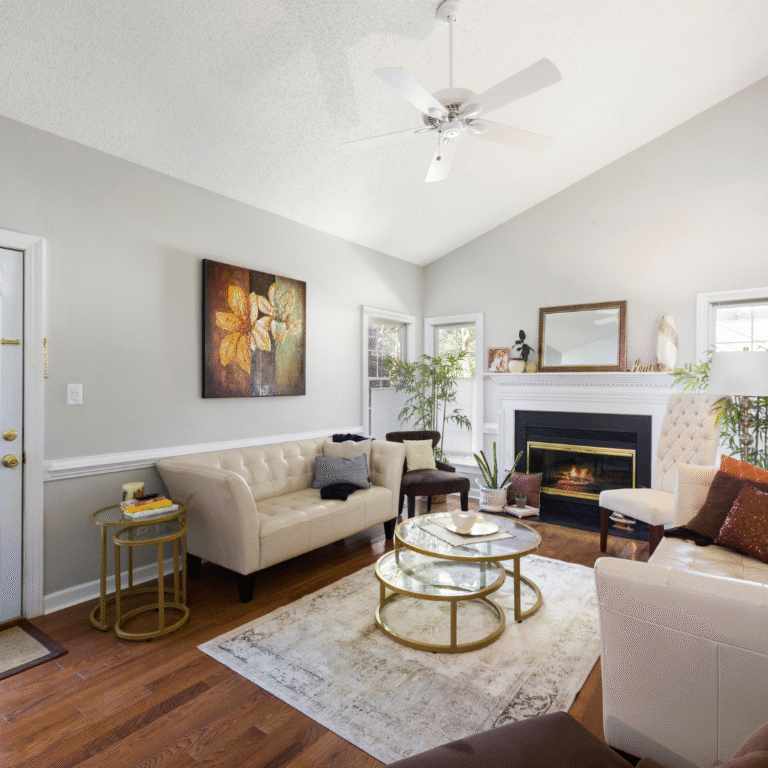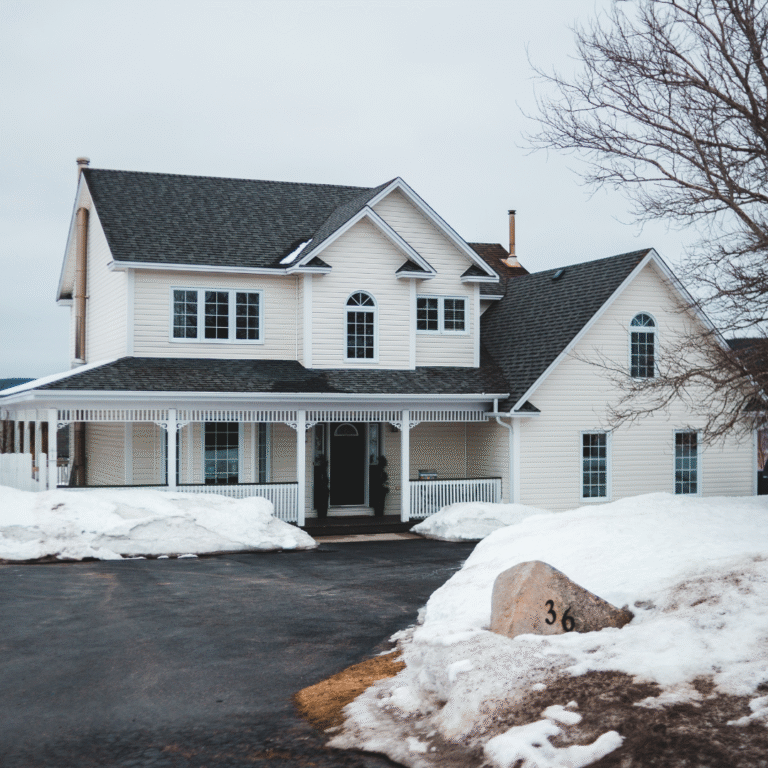Safety first—always. A garage heater can be the best upgrade you make for winter, but it’s still a fuel-burning or high-watt appliance that needs the right air, the right venting, and the right space to breathe. Here’s how I set up safe heat in garages—attached or detached—so you get comfort without compromise.
Combustion Air and Sealed-Combustion Appliances
Every gas-fired heater needs oxygen to burn cleanly. Starve the appliance of combustion air and you invite incomplete combustion, soot, nuisance lockouts, and even CO risk. In attached garages—where air can communicate with the home—I strongly prefer sealed-combustion, direct-vent models. They draw combustion air from outside and send exhaust outside in a dedicated pipe, which:
- Protects indoor air quality (no pressure imbalances pulling fumes indoors)
- Keeps the burner stable even when the garage door opens/closes
- Reduces dust and solvent vapors from getting near the flame
In detached garages, sealed combustion is still the gold standard, but if you’re running a non-sealed unit heater, I make sure the space has adequate combustion air openings per the manufacturer and local code. I also verify that exhaust piping is sized, sloped, and terminated correctly so draft is reliable in deep cold.
My process: confirm appliance type (sealed vs. non-sealed), calculate/verify required combustion air, check vent length and fittings, and prove draft after startup. If the numbers don’t support safe operation, we fix the air before we fire.
CO Alarms, Make-Up Air, and Garage Ventilation
Even perfectly installed systems get a second layer of protection: carbon monoxide alarms. I place a CO alarm near the garage heater and another at the door to the house (or the nearest occupied space). Batteries are cheap; peace of mind is priceless.
Because garages can become “air-tight” after insulation upgrades, I also plan for make-up air. This is fresh air that replaces what your heater and any exhaust fan remove. Without it, the space can go into negative pressure and backdraft other appliances. For attached garages, a sealed-combustion heater plus a balanced or dedicated make-up air path keeps pressures stable. If you sand, stain, or paint in winter, I add a filtered exhaust or variable-speed fan to move particulates and VOCs out while bringing clean air in.
Quick checklist I use:
- Test CO alarms on install and at every service visit
- Verify door weatherstripping and any air pathways won’t starve appliances
- Size exhaust and make-up air together so you don’t pull fumes into the home
- After a big door-open/close cycle, re-check flame and draft (deep-cold reality check)
Storage and Vehicle Clearance Best Practices
Clearances keep heat off the wrong things. I follow the listed clearances to combustibles on the nameplate—no exceptions—and confirm the heater has open space for intake/discharge air. Typical troublemakers I fix on day one:
- Shelving and totes stacked in front of the heater’s discharge (blocks airflow)
- Solvents, fuels, paints, and rags stored near burners or electrical components (fire/CO risk)
- Vehicle hoods/lifts too close to radiant tubes (hot-spotting and paint damage)
- Extension cords or hoses draped across casings and vent pipes (heat damage)
In many jurisdictions, ignition sources in garages must be elevated above floor level (consult local code). Even when it’s not strictly required, I plan mounting heights that keep flames and hot surfaces away from floor-level vapors, then I route the thermostat and wiring clear of radiant zones so cycling stays accurate.
If you do dusty or fume-heavy work: I’ll position the heater away from the work cloud and add localized capture/exhaust. Dust on heat-exchange surfaces insulates the metal, raises temperatures, and shortens life; fumes can damage coatings and sensors. Controlled airflow and simple housekeeping keep the heater healthy.




